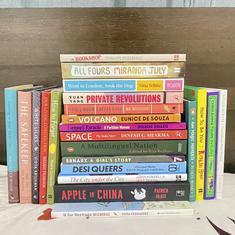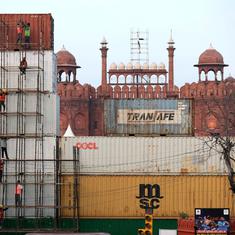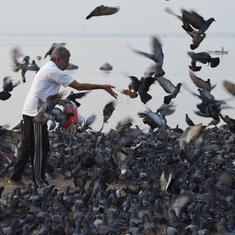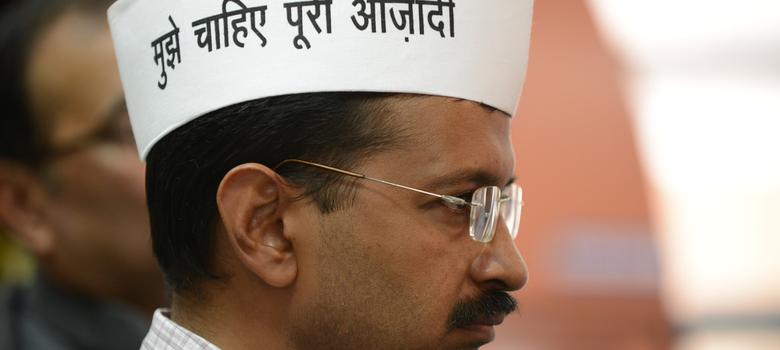Strategy 1: Petition
Here, the agitators present their case to the authorities, build arguments, try to persuade them through engagement and debate. This is important because if the agitators jump this step, the authorities can discredit the agitators, saying they are irresponsible, and to use the word thrown at Arvind Kejriwal, “anarchic”. The road to societal support, then, becomes a little steep, as we saw in the Rail Bhawan protest, when even staunch supporters of AAP paused to rethink.
Strategy 2: Promulgation
With this strategy, the agitators go public. Usually, the media is soft and leans towards them, if only to get a new story. But in this age of technology-led and hugely democratised media, going public doesn’t have to follow the beaten path. Disruptive media like Facebook, Twitter and blogs can get the message across directly. If powerful enough, the message will go viral, and the traditional media will be forced to take note.
Strategy 3: Solidification
This is a reinforcing strategy. It uses tools like slogans, art, song, books, posters and bumper stickers. Until the 1990s, street theatre in India was a common tool used by agitators, largely left-leaning, to convey and consolidate their ideas in smaller groups – a tool that AAP uses to address focus groups even today. With fora like YouTube, the same play can potentially reach out to millions more. Protest songs are yet to catch the popular fancy of India, but two songwriter-singer-musicians, Bob Marley of Jamaica and Bob Dylan of the US, stand as worthy global benchmarks. On a separate note, the field is open for Indian musicians to experiment with protest songs.
Strategy 4: Polarisation
For this strategy to work, the movement needs a following. In essence, it creates an impression that anyone who does not support the movement supports the establishment. Effectively, it says, “If you’re not with us, you’re against us”. A convenient whipping boy for AAP has been the media – as long as it delivers positive coverage, the media is a friend; the moment it changes stances, allegations begin to fly that media owners are influencing decisions. What AAP is effectively saying is that not applauding the party means you’re part of the status-quo, want the corrupt system to continue and are, therefore, against AAP – a ridiculous stand.
Strategy 5: Nonviolent Resistance
The Jan Lokpal agitation in Jantar Mantar, under Anna Hazare, was a spectacular example of successful nonviolent resistance. This strategy, a favourite of Arvind Kejriwal’s, has two arms physical presence and boycott – to create tension that leads to negotiation. The most effective user of this strategy was Mahatma Gandhi. Do it once, it works. Do it twice, or even thrice, it may work. But if this becomes the permanent medium of discourse, it could fail.
Strategy 6: Escalation and Confrontation
The key here is to raise the stakes of the agitation so high that the establishment is compelled to use force. The water cannons used during the cold December winter of 2012 to scatter the agitations around the Delhi gang-rape is a prime example of the successful use of this strategy. AAP tried to use this strategy during the Rail Bhawan agitation, but a government that had learnt its lesson did not respond. The strategy failed. The lesson: Use with discretion.
Strategy 7: Gandhi and Guerrilla
With this strategy, agitators use the symbolism of nonviolent resistance along with the aggressive force of the guerrilla war force. Perhaps, this was the strategy AAP was planning to use in the Rail Bhawan agitation, when at first Arvind Kejriwal asked supporters not to come and later invited them. A handful of protestors did get hurt, when they broke barriers and the police was forced to lathi charge. This happened even as Arvind Kejriwal, his cabinet and AAP leaders protested nonviolently.
Strategy 8: Revolution
“The strategy of revolution is not symbolic,” writes Kenneth E. Boulding. “It is war.” Thankfully, so far, AAP has steered clear of this. In the rare chance that it takes even one step towards a violent revolution, the party will self-destruct. Not even the most loyal supporter of Arvind Kejriwal will pick up a gun and shoot her own fellow-citizens. This is outside the pale of politics.
Excerpted with permission from The Disrupter: Arvind Kejriwal and the Audacious Rise of the Aam Aadmi, Gautam Chikermane with Soma Banerjee, Rupa.










